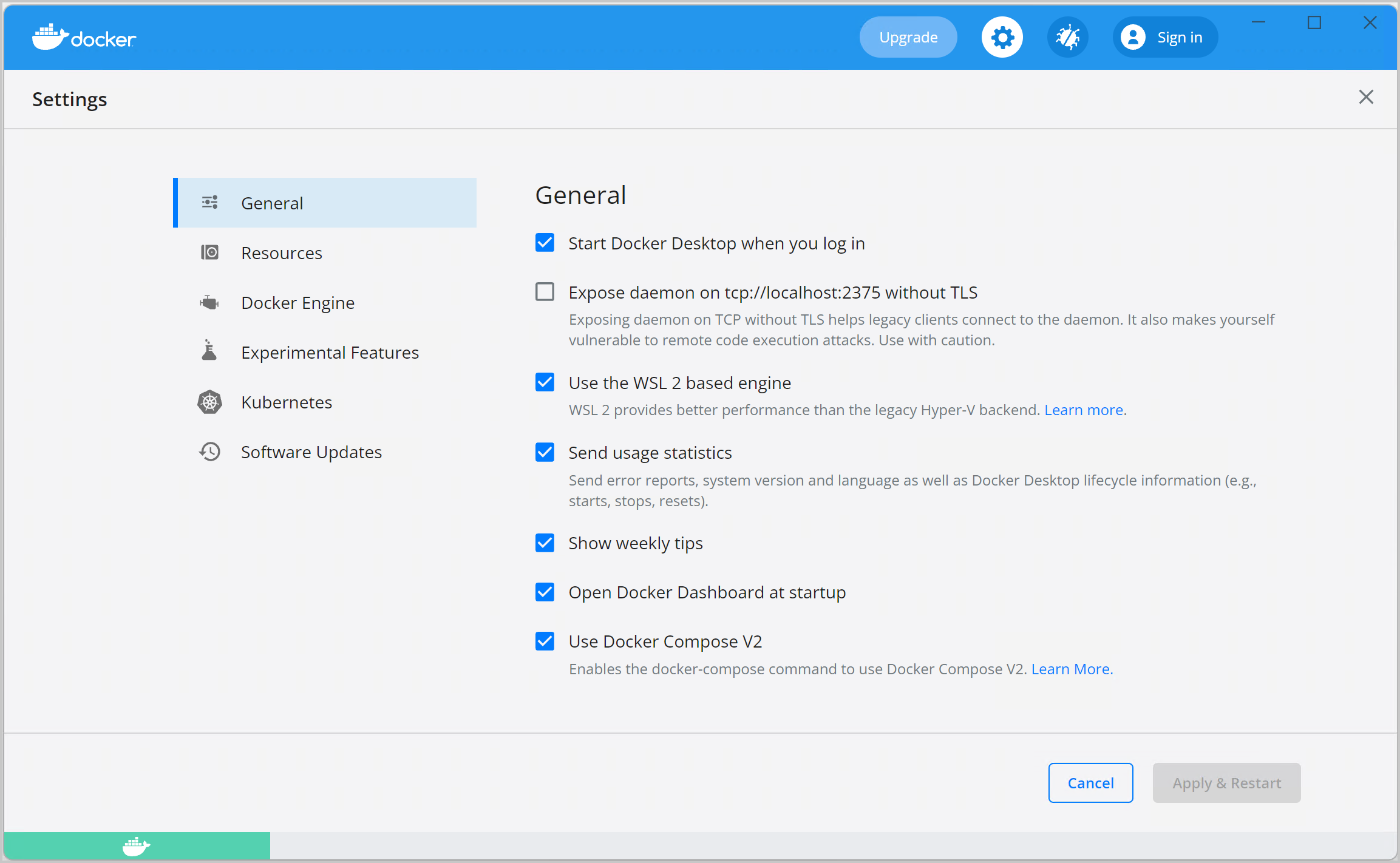

- Docker run image and daemon how to#
- Docker run image and daemon full#

The packaged scans will not be removed but are being migrated to use the Automation Framework. It is under active development and will in time exceed the capabilities of the packaged scans and become the recommended optionįor people who want more control over ZAP. The AutomationFramework allows you to control ZAP via a single YAML file.
Docker run image and daemon how to#
Here’s how to check whether Docker’s daemon is up so you can diagnose issues with containers and the docker command. CLI commands won’t work and your containers will usually go offline if the daemon stops.

These GitHub actions are a simple way to run the packaged scans, especially if you already use GitHub. Docker uses a daemon-based architecture where the CLI connects to a long-lived process running separately on your machine or a remote host.
Dynamic Application Security Testing with ZAP and GitHub Actions. Automate Security Testing with ZAP and GitHub Actions. The following GitHub Actions wrap the above packaged scans and also support raising GitHub issues for potential vulnerabilities found: your docker image with -v /var/run/docker.sock://var/run/docker.sock or. The zap_tuned() Scan Hook is called after these changes have been made so you can undo them or apply other changes at this point if you want. If you are running docker daemon with -H tcp://0.0.0.0:XXX or similar you are. Reporting a maximum of 10 passive scan alert instances. The packaged scans are the simplest way to automate ZAP in docker, but also see the GitHub actions if you already use GitHub. API Scan which performs an active scan against APIs defined by OpenAPI, or GraphQL (post 2.9.0) via either a local file or a URL. Docker run image and daemon full#
Full Scan which runs the ZAP spider against the target (by default with no time limit) followed by an optional ajax spider scan and then a full active scan before reporting the results. Baseline Scan which runs the ZAP spider against the target for (by default) 1 minute followed by an optional ajax spider scan before reporting the results of the passive scanning. Usage Instructions Packaged ScansĪll of the docker images (apart from the ‘bare’ one) provide a set of packaged scan scripts: If you are running ZAP with port other than the default 8080, you need to set the ZAP_PORT environment variable. The check uses the zap-cli status to check that ZAP completed loading. This means that you can run new instances of the Docker daemon and Docker client to create your own isolated Docker workspace. The docker file now supports healthcheck. Simply put, the stable flavor of the docker image is intended to be used as a Docker client, and the dind flavor is intended to be used as a Docker daemon.







 0 kommentar(er)
0 kommentar(er)
